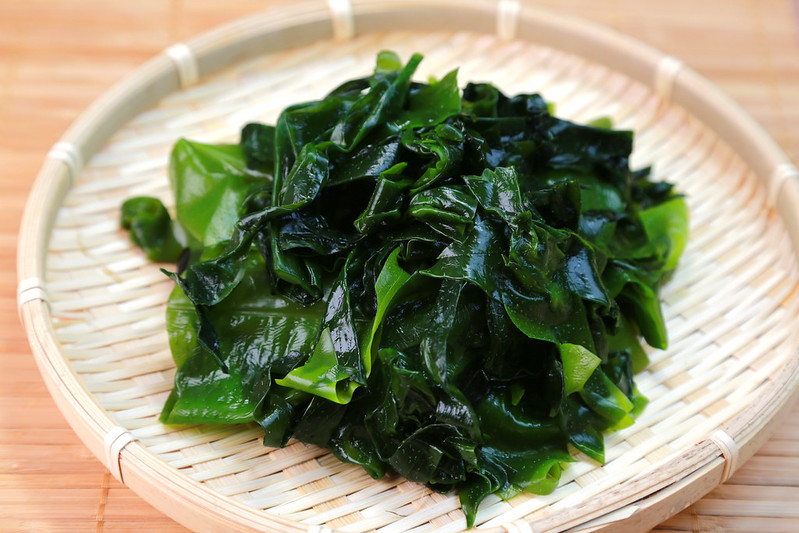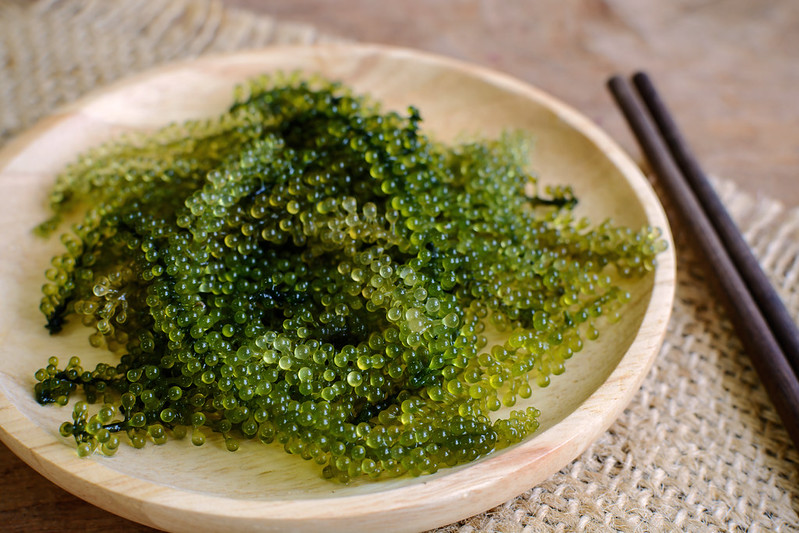
The Wonders of Seaweed
On occasional trips to the beach, we sometimes notice seaweed along the shore or floating in the water. Seaweed is algae (a type of organism), and edible types of seaweed are used in preparing some of our favorite foods (like sushi). Most marine forms of algae are edible, while fresh-water types are often toxic. Edible seaweed is a rich source of fiber and all nine of the essential amino acids necessary for our dietary needs.
Wakame
In Japan, kaiso (seaweed) has been an important element of the Japanese diet for centuries. It is used extensively in Japanese cuisine to add extra flavor depth in seasonings, soup stocks, as sushi wrappers, and even as a garnish. Seaweed is cultivated for the purpose of extracting alginate, carrageenan, and agar.
Some common types of edible seaweed appear in Japanese dishes such as wakame, used in salads and miso soup. It is usually dry and is soaked in water before use. Kombu is a large seaweed used often used in soup stock for nabe (hot pot) dishes. Nori (海苔) are dried sheets of seaweed. Nori today is a term the Japanese use for edible seaweed. It usually comes from red algae from the genus Porphyra and is known as laver in English-speaking countries.
Sea grapes
The nori making process is similar to making paper, where the necessary raw materials needed to produce the end product are initially shredded and rack-dried.
The oldest description of nori can be traced back to the 8th century, in the Taihō Code (an administrative reorganization) that was enacted in Japan in 701 when nori was included as a form of taxation. Fudoki locals were described as drying nori in Hitachi Province, and nori was harvested in Izumo Province. In Japan’s oldest full-length narrative, the Utsubo Monogatari (written around 987), nori was already recognized as a common type of food. At first, Nori came in paste form and it was only during the Edo period when Japanese started to practice the paper making method, that nori was dried and formed into sheets.
